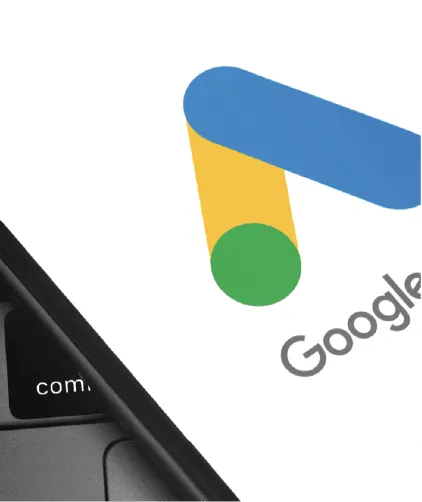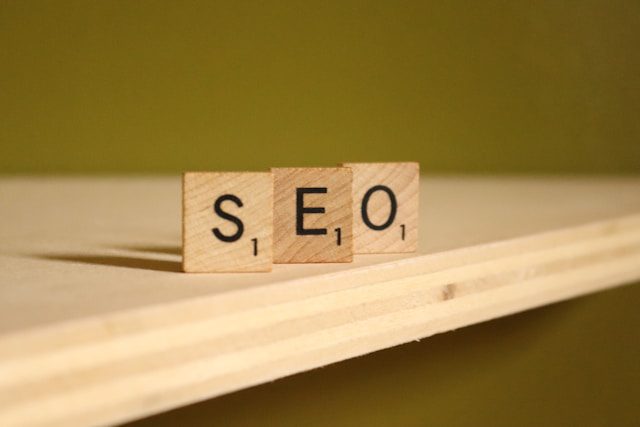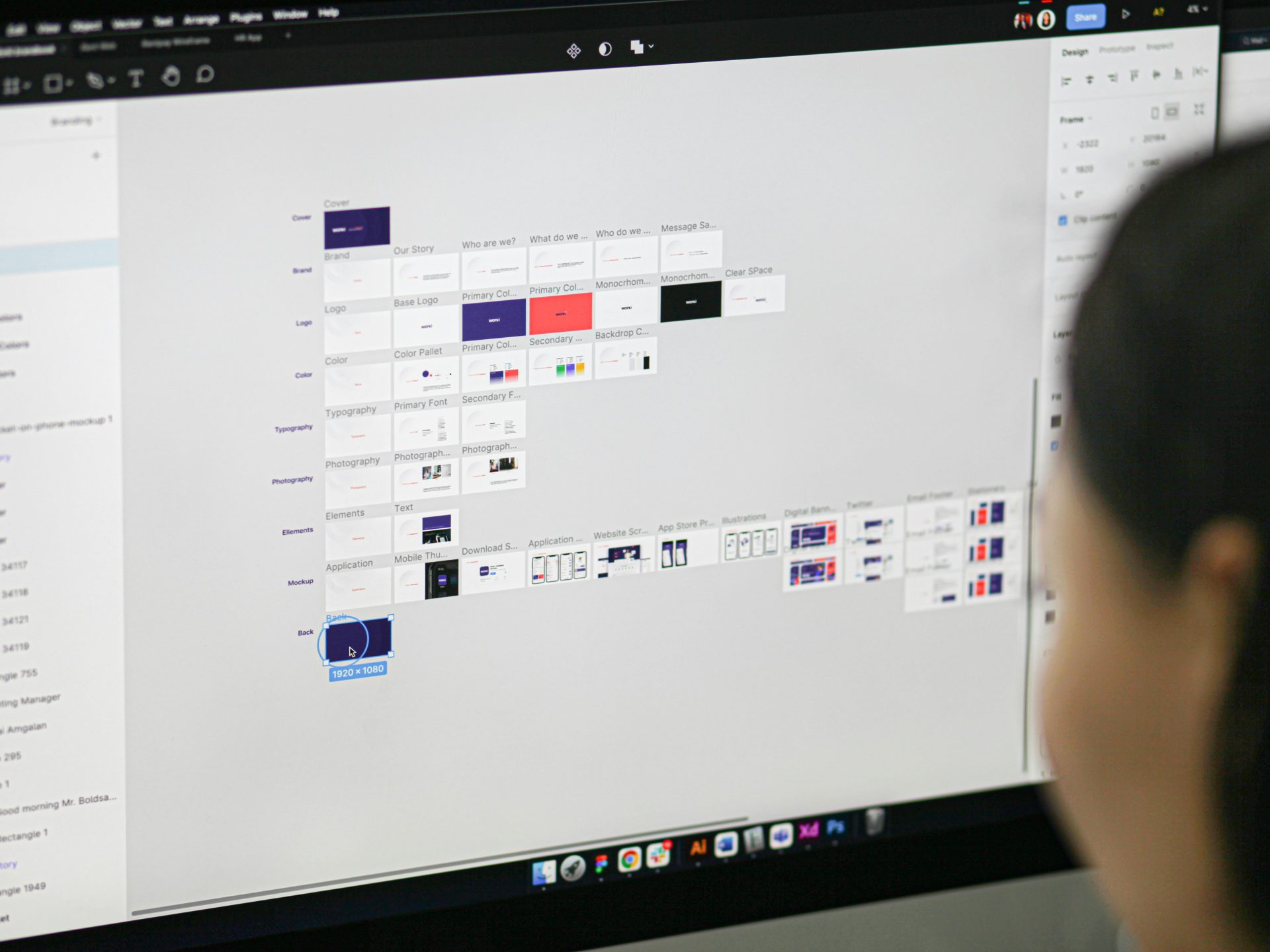There are lots of ways to advertise your business online, although Google Ads remains the most talked about. There is a good reason for this – it works for businesses of all sizes and in a range of different industries. Does that mean Ads will work for your business?
That question is difficult to answer as it depends on several factors. Before you get started, though, it is important to know how Google Ads works.
How Google Ads Works
Google Ads can appear in a variety of locations, although most advertisers are interested in getting a good position on Google’s search results pages.
The pricing model is an important thing to understand. Google Ads works on a Cost per Click (CPC) basis which means you only pay for clicks. The amount you pay for a click varies, with the price determined by an auction.
This isn’t simply an auction based on who offers the most money, however, as relevance is also hugely important. This means you can get a better ad position while bidding less than a competitor because your ad is more relevant.
This makes the set up of your campaigns crucially important as you will pay a lower CPC when you get the setup right. In addition, setting up your campaigns properly will ensure you get the right people clicking on your ad. This improves an even more important metric than CPC – conversion rate.
In other words, setting up your campaigns properly improves the return on investment. So, whether or not Google Ads will work for your business depends on the set up of your campaigns.
Deciding Whether Ads is Right for You – Six Key Questions to Ask
What Is Your Objective?
You can use paid ads to build your brand, for awareness campaigns, and for almost any other objective. Google Ads works best, however, when the objective is to directly generate sales or leads, i.e. getting clicks that result in a sale or the completion of a lead generation form.
What is the Average Lifetime Value Per Customer?
One of the key metrics you should use when you get up and running with Google Ads is the cost per acquisition. For example, if your Google Ads campaign achieves a conversion rate of five percent, you will need 20 clicks for every conversion. If the average CPC is $2, the cost per acquisition works out at $40.
This is where the average lifetime value per customer becomes important. For example, the return on investment is not worth it if you only get a sale worth $50 from the campaign above. However, if you get $50 per month for the next 12 months, a cost per acquisition of $40 is worth it.
Do Customers Need You Urgently?
This isn’t essential for Google Ads, but it can help. For example, people searching for “emergency plumber” will probably call the first number they see. Google Ads can get you into that position.
Are You Willing to Invest?
Part of getting started with Google Ads involves running a campaign for a short period of time – usually around three months – to test the waters. You will need to invest several hundreds of dollars in this initial phase. You will get a return on this investment, but you can only optimize your campaigns once they are up and running.
What Resources Will You Allocate to Google Ads?
As mentioned above, it is important you set up paid media campaigns properly to maximize return on investment. This means allocating resources in-house or getting help from an expert. This is an ongoing process and is essential to success.
By answering the above questions, you will have a clearer idea of whether Google Ads will work for your business.








